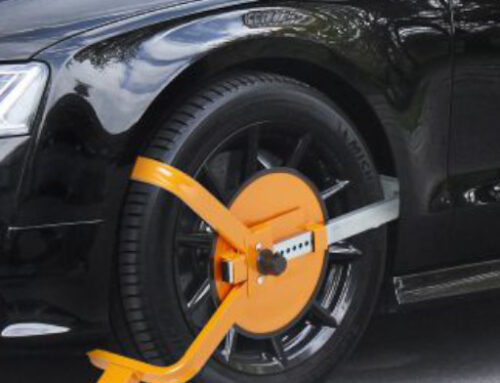23 / 06 / 2022
Language of the Week: Bavarian
If you are a foregner traveling to Bavaria, in Southern Germany, and you have a good ear for languages, you might notice that other than German something else is spoken there which you might not be able to place. It is Bavarian, also known as Austro-Bavarian, Boarisch, or Bairisch. Other than Bavaria, it is spoken in most of Austria, southern Tyrol in Italy, and the village of Samnaun, in the Swiss Alps, and in the Hungarian city of Sopron, near the Austrian border. Related to Alammannic (the variaty of German spoken in Switzerland), Bairisch has around 14 million native speakers.
Bavarian is not a dialect of Standard German (Hochdeutsch), although they share the same roots. The two are languages of the West Germanic branch, but Standard German derives from High German, wherea Bairisch derives from Upper German, itself a branch of Standard German.
The two are more apart then Norwegian and Danish, which roughly means that a speaker of Standard German will more or less understand Bairisch at first, but they will get familiar with it quickly if spending some time in the region. In 2009, the Barisch language was included in the Chart of Regional and Minority Languages by the UNESCO.
Here0’s a few examples of Bairisch:
i schau (I look), Standard German ich shaue.
i fui (I feel), SG ich fühle
i få, mia fåma (I, you travel), SG ich fahre, wir fahren
Gfå (dangerous), SG gefärlich
Doud (dead), SG Tod.
(below)
Mia redn Boarisch (we speak Bavarian), SG Wir sprechen Bairisch
Pfia God (May God guide you), SG Gehe mit Godd; Pfia is cognate with “fúhren”, to guide)
Griass God (Greetings to God), SG Grüss Gott.






